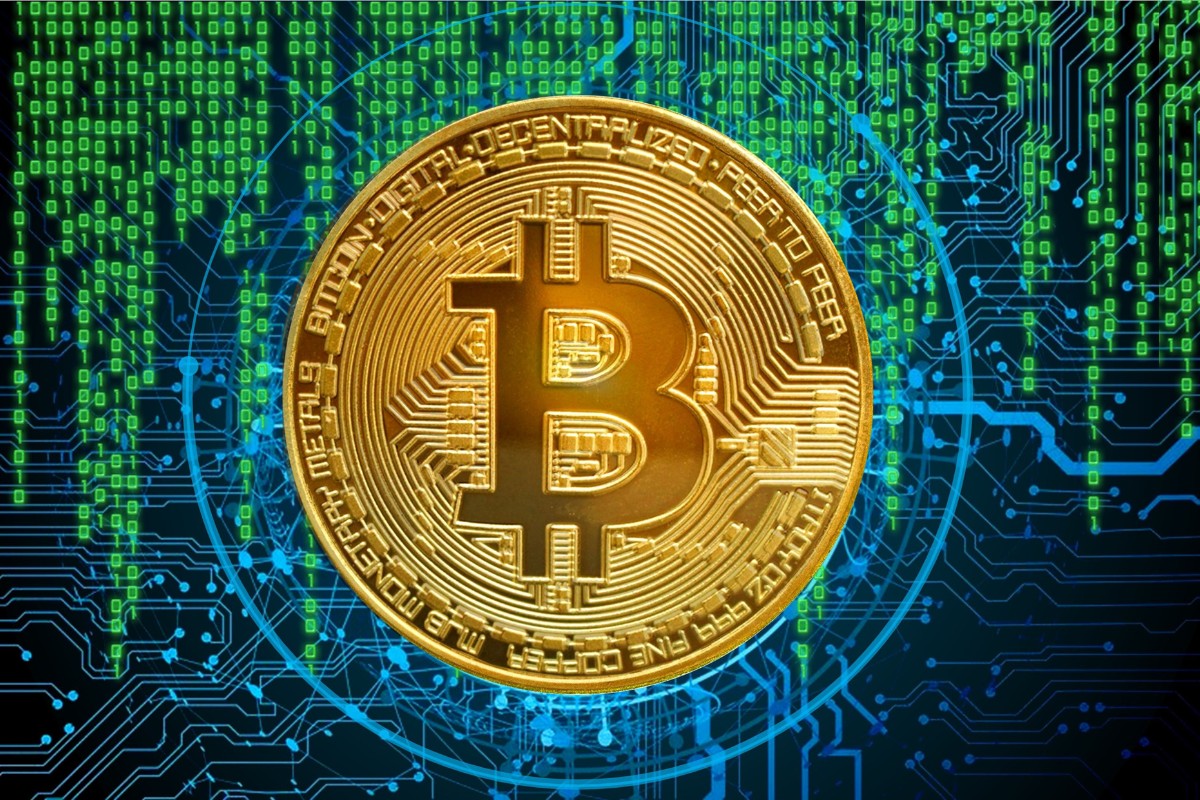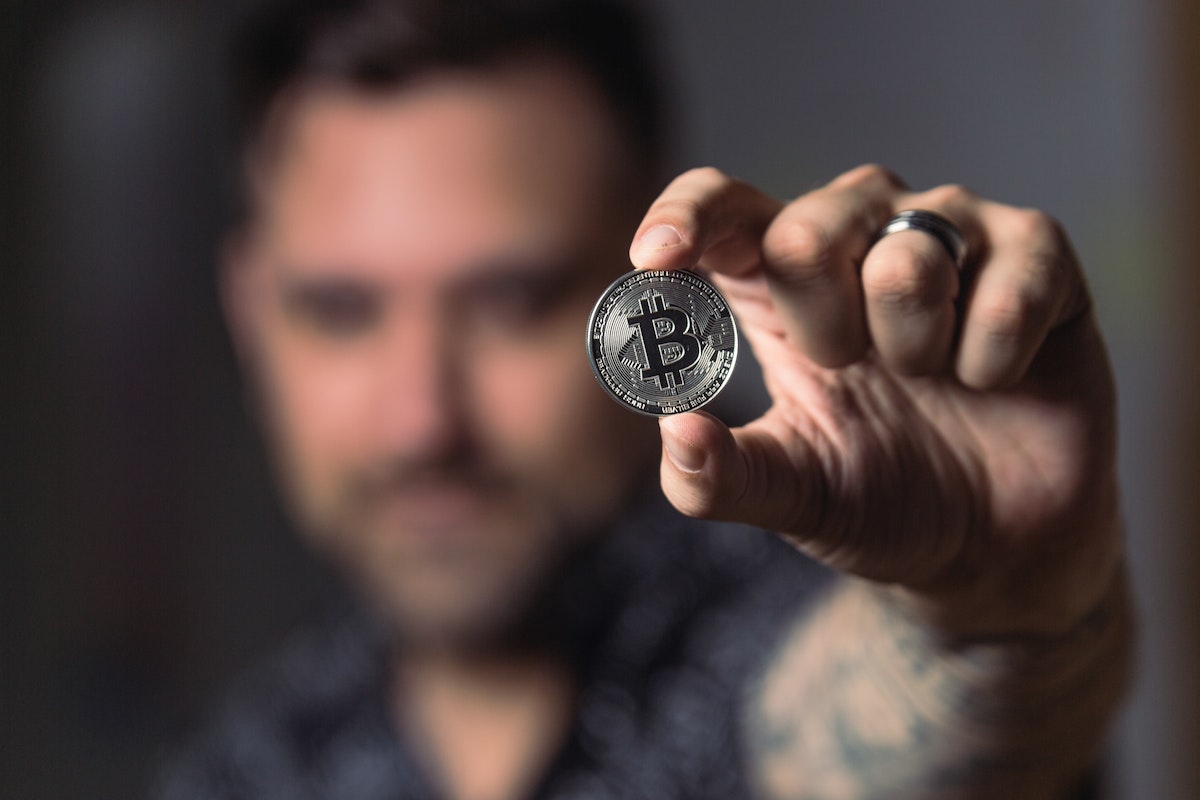Are you new to using MetaMask and wondering how to add Bitcoin to MetaMask?
Adding Bitcoin to MetaMask can be a bit tricky since the wallet is primarily designed for Ethereum-enabled distributed applications.
However, with the right steps, you can easily add Bitcoin and other cryptocurrencies to your MetaMask wallet.
One way to add Bitcoin to MetaMask is by using Wrapped Bitcoin (WBTC), an ERC-20 token that is pegged to Bitcoin’s value.
To do this, you will need to set up your MetaMask wallet and import the WBTC token symbol.
Alternatively, you can add Bitcoin to your MetaMask wallet by using the Binance Smart Chain (BEP20) network.
This involves adding Binance-PEG Bitcoin (BTCB) to your MetaMask wallet and then sending BTC from an exchange like Binance to your wallet using the BEP20 network.
Post Contents
Understanding Metamask and Bitcoin
What is Metamask?
Metamask is a popular cryptocurrency wallet that allows you to store and manage your digital assets.
It is a browser extension that can be used with Chrome, Firefox, Opera, and Brave.
It is designed to work with the Ethereum blockchain, which means that it can be used to store and manage Ethereum-based tokens, such as ERC-20 tokens.
Metamask is a non-custodial wallet, which means that you have complete control over your private keys.
This is important because it means that you are the only one who can access your funds.
Metamask also allows you to interact with decentralized applications (dApps) on the Ethereum network.
What is Bitcoin?

Bitcoin is a decentralized digital currency that was created in 2009.
It is based on a peer-to-peer network that allows users to transfer funds directly to each other without the need for a middleman.
Bitcoin is often referred to as a cryptocurrency because it uses cryptography to secure transactions and to control the creation of new units.
Bitcoin is stored on a decentralized ledger called the Bitcoin blockchain.
This ledger is maintained by a network of nodes that work together to verify transactions and to ensure the integrity of the network.
Bitcoin transactions are processed by miners who are rewarded with newly created bitcoins for their work.
Metamask and Bitcoin
While Metamask is primarily designed to work with Ethereum-based tokens, it is possible to use it to store and manage Bitcoin as well.
There are several third-party services and bridges that allow you to add Bitcoin to your Metamask wallet.
One popular method is to use the renBTC bridge, which allows you to connect to the Bitcoin network and to interact with Bitcoin-based dApps.
Another option is to use a service like Wrapped Bitcoin (WBTC), which is an ERC-20 token that is backed by Bitcoin.
Regardless of which method you choose, it is important to remember that Bitcoin is a separate cryptocurrency from Ethereum and that it operates on a different network.
This means that you will need to pay attention to things like transaction fees and network congestion when using Bitcoin on Metamask.
Setting up Metamask Wallet
Setting up a Metamask wallet is a straightforward process.
In this section, we will walk you through the steps required to set up a Metamask wallet and secure it.
Installation and Setup
To get started, you need to install the Metamask browser extension.
Metamask is compatible with Google Chrome, Mozilla Firefox, Brave, and Microsoft Edge.
After installing the extension, click on the Metamask icon in the top right corner of your browser.
The setup process will guide you through creating a new wallet or importing an existing one.
Creating a Wallet
If you are creating a new wallet, you will be asked to create a password.
Make sure to choose a strong and unique password that you can remember.
Once you have set your password, you will be given a seed phrase.
This phrase is used to recover your wallet in case you forget your password or lose access to your device.
Make sure to write down your seed phrase and store it in a safe place.
Do not share it with anyone, as it can be used to access your wallet.
Securing Your Wallet
Once you have created your wallet, you can secure it further by adding a hardware wallet like a Ledger.
This will add an extra layer of security to your wallet, as your private keys will be stored on the hardware wallet instead of your device.
You can also secure your wallet by enabling two-factor authentication and setting up a custom RPC provider.
This will protect your wallet from phishing attacks and ensure that you are always connected to a trusted network.
How to Add Bitcoin to MetaMask
If you want to add Bitcoin to your MetaMask wallet, you need to understand how to add Wrapped Bitcoin (WBTC) as a custom token.
Once you have added WBTC, you can transfer Bitcoin to your MetaMask wallet.
Understanding Wrapped Bitcoin
Wrapped Bitcoin (WBTC) is an ERC-20 token that represents Bitcoin on the Ethereum network.
It is a way to use Bitcoin on the Ethereum blockchain.
WBTC is backed by Bitcoin, which means that for every WBTC token, there is an equivalent amount of Bitcoin held in reserve.
Adding WBTC as a Custom Token
To add WBTC to your MetaMask wallet, follow these steps:
- Open your MetaMask wallet and click on the “Add Token” button.
- Click on “Custom Token” and enter the following information:
- Token Contract Address: 0x2260fac5e5542a773aa44fbcfedf7c193bc2c599
- Token Symbol: WBTC
- Decimals of Precision: 8
- Click on “Add Token” to add WBTC to your MetaMask wallet.
Transferring Bitcoin to MetaMask
Once you have added WBTC to your MetaMask wallet, you can transfer Bitcoin to your wallet.
To do this, you need to wrap your Bitcoin using a wrapping service.
There are several wrapping services available, such as Wrapped.com and BitGo.
When you wrap your Bitcoin, you will receive an equivalent amount of WBTC.
You can then transfer the WBTC to your MetaMask wallet by sending it to your wallet address.
Keep in mind that there are fees associated with wrapping Bitcoin and transferring WBTC.
Make sure to check the fees before you proceed with the transfer.
That’s it!
You now know how to add Bitcoin to your MetaMask wallet by adding Wrapped Bitcoin (WBTC) as a custom token and transferring Bitcoin to your wallet.
Interacting with EVM-Compatible Networks

If you want to use Metamask to interact with EVM-compatible networks, there are a few things you need to know.
This section will cover the basics of understanding EVM, adding EVM-compatible networks, and using DApps on Metamask.
Understanding EVM
The Ethereum Virtual Machine (EVM) is a runtime environment that allows smart contracts to execute on the Ethereum network.
It is a critical component of the Ethereum blockchain and enables developers to create decentralized applications (DApps) and smart contracts.
When you interact with an EVM-compatible network, you are essentially communicating with the EVM.
This means that you can use Metamask to interact with any blockchain that is compatible with the EVM, such as Ethereum, Binance Smart Chain, Avalanche, Polygon, Celo, Cronos, Harmony, and Optimism.
Adding EVM-Compatible Networks
To add an EVM-compatible network to Metamask, you need to know the network’s RPC URL and chain ID.
The RPC URL is the endpoint that Metamask uses to communicate with the network, and the chain ID is a unique identifier for the network.
You can find the RPC details for most EVM-compatible networks online.
Once you have the RPC URL and chain ID, you can add the network to Metamask by following these steps:
- Open Metamask and click on the network dropdown in the top right corner.
- Click on “Custom RPC” at the bottom of the list.
- Enter the RPC URL and chain ID for the network you want to add.
- Click “Save.”
Once you have added the network, you can switch between it and the Ethereum network by clicking on the network dropdown.
Using DApps on Metamask
Metamask is primarily used to interact with decentralized applications (DApps) on the Ethereum network, but it can also be used to interact with DApps on other EVM-compatible networks.
To use a DApp on Metamask, you need to make sure that you are connected to the correct network.
Most DApps will prompt you to switch to the correct network if you are not already connected to it.
Once you are connected to the correct network, you can interact with the DApp just like you would on the Ethereum network.
This includes sending and receiving tokens, interacting with smart contracts, and more.
Trading and DeFi on Metamask
Understanding DeFi
DeFi, short for Decentralized Finance, is a rapidly growing ecosystem of financial applications built on the Ethereum blockchain.
These applications aim to provide users with financial services that are decentralized, transparent, and accessible to anyone with an internet connection.
DeFi has the potential to disrupt traditional financial systems by providing more freedom and control to users over their digital assets.
Metamask is a popular wallet that supports many DeFi applications.
With Metamask, you can easily access and interact with these applications, such as decentralized exchanges, lending platforms, and yield farming protocols.
Trading on Metamask
Metamask also allows you to trade ERC-20 tokens directly from your wallet.
You can connect your wallet to decentralized exchanges like Uniswap, Sushiswap, or Balancer and trade your tokens without the need for a centralized exchange.
This gives you more control over your assets and eliminates the need for a middleman.
To trade on Metamask, simply connect your wallet to the decentralized exchange of your choice, select the tokens you want to trade, and confirm the transaction.
Metamask will automatically calculate the gas fees and show you the total cost of the trade.
Yield Farming with Metamask
Yield farming is a popular DeFi activity that allows users to earn rewards by providing liquidity to decentralized exchanges or lending platforms.
With Metamask, you can easily participate in yield farming protocols like Compound, Aave, or Yearn Finance.
To start yield farming with Metamask, you need to first deposit your tokens into the protocol of your choice.
You will then receive a new token that represents your share of the pool.
This token can be traded or held to earn rewards.
Yield farming can be risky, and you should always do your research before investing in any protocol.
Make sure to understand the risks and rewards before participating in any yield farming activity.
Additional Features and Security Tips
Metamask is not just a wallet, it’s a gateway to the world of Ethereum and all of its possibilities.
In this section, we’ll explore some of the additional features that Metamask offers, as well as some important security tips to keep your digital assets safe.
Exploring NFTs with Metamask
If you’re interested in exploring the world of non-fungible tokens (NFTs), Metamask is the perfect tool for the job.
NFTs are unique digital assets that can represent anything from artwork to in-game items.
With Metamask, you can easily store and manage your NFTs, as well as buy and sell them on various marketplaces.
Understanding Fees
When you use the Ethereum network, you’ll need to pay fees to miners to process your transactions.
These fees can vary depending on network congestion and other factors.
Metamask makes it easy to understand and manage these fees.
When you send a transaction, you’ll see an estimate of the fee you’ll need to pay.
You can also customize the fee to prioritize speed or cost.
Security Best Practices
Metamask is a non-custodial wallet, which means you are in full control of your private keys.
This also means that you are responsible for keeping your keys safe.
Here are some best practices to follow:
- Use a strong password and never share it with anyone.
- Enable two-factor authentication for added security.
- Keep your seed phrase (backup phrase) in a safe place, offline if possible.
- Only use trusted websites and applications with Metamask.
- Double-check transaction details before confirming.
- Regularly check your transaction history for any suspicious activity.
By following these best practices, you can keep your digital assets safe and secure while using Metamask.
Key Takeaways
Adding Bitcoin to your MetaMask wallet can be a bit tricky, but once you know how to do it, it’s a breeze.
Here are some key takeaways to keep in mind:
- MetaMask only supports Ethereum-enabled distributed applications, so you can’t store Bitcoin directly on MetaMask. However, you can add Wrapped Bitcoin (WBTC) or other non-Ethereum assets to your wallet using third-party services and bridges.
- To add WBTC to your MetaMask wallet, you need to select it from the list of options that appears when you type “WBTC” in the search bar. Then, click “Import” to add the WBTC tokens to your wallet. You can also use the steps described in the search results to add WBTC to your MetaMask using the wallet’s mobile applications.
- If you want to add Bitcoin or other non-Ethereum assets to your MetaMask wallet, you can use a bridge like renBTC to connect to the Bitcoin network. This involves sending your Bitcoin to a smart contract address and receiving renBTC in return, which you can then add to your MetaMask wallet.
- When adding assets to your MetaMask wallet, always make sure you’re using the correct contract address for the token. This information can usually be found on the token’s website or in the search results.
- Finally, it’s important to keep your MetaMask seed phrase safe and secure. This is the only way to recover your wallet if you lose access to your device or forget your password. Make sure you write it down and store it in a safe place, and never share it with anyone.






























